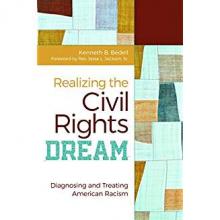August 13, 2017 in Charlottesville
Page Number
On August 13, 2017 Charlottesville, Virginia was a site of a demonstration by self proclaimed white supremacists from across the country. They were met by a larger group of counter-demonstrators. Some of the counter-demonstrators had also traveled to make a witness. Violence broke out between the two groups. The most tragic result was the death of Heather Heyer who lived in Charlottesville. She was killed by Nazi sympathizer, James Axis Fields, Jr., from Maumee, Ohio. Fields drove his car into a group of counter-demonstrators.
Politicians with the full participation of the media were again caught by the Trump trap of focusing all attention away from important issues and stories while making Donald Trump the center of attention. The complaint, which dominated the news, was that Trump did not denounce the white supremacists immediately, clearly and by name. Certainly, it is disappointing that we have a president whose natural inclination and personality does not include an immediate reaction of horror and revulsion when some Americans express white supremacy and Nazi views. However, it’s an old story that President Trump has an underdeveloped understanding of American values regarding diversity and the contributions people who are not white men have made in the past and can make today to our national life. This was illustrated by his rhetoric during the campaign, his choice of alt-right advisors, the appointment of members of the white oligarchy to his cabinet, and his words and actions that threaten Muslims, Hispanics, blacks, and women.
While Trump got all the attention and dominated the national news in the days after the tragedy, events in Charlottesville that led up to August 13, 2017 were pushed to the background. The reason given by the white supremacists for coming to Charlottesville was to object to the decision by the city council to remove a statue of Robert E. Lee. This decision was only possible because of the hard work of many people in Charlottesville to create a climate of racial sensitivity.
This chapter talks about some of the people in Virginia and Charlottesville who have and continue to work for understanding across racial lines.




 Contact Us
Contact Us